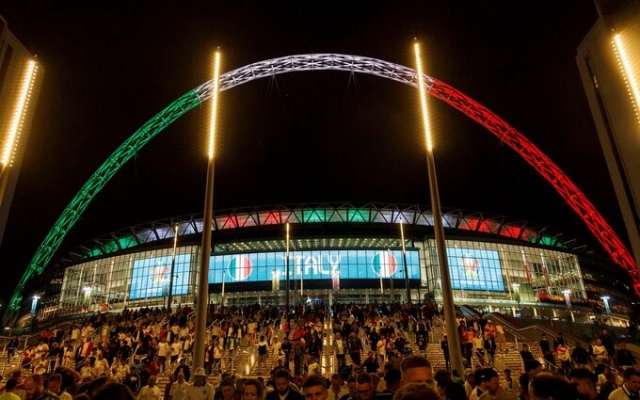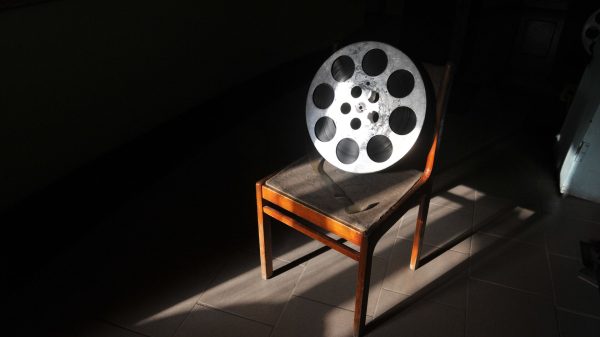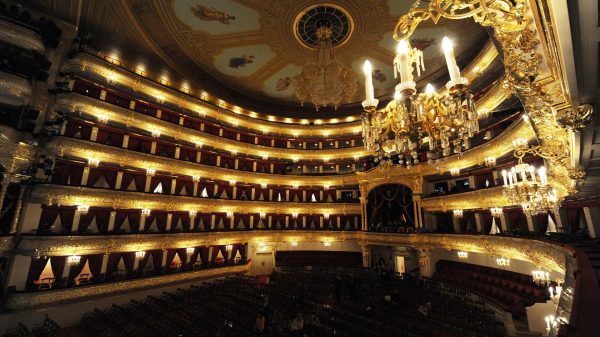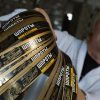 From now on, Wembley Arch will only be illuminated for sporting or entertainment purposes. Photo: Alamy Stock Photo
From now on, Wembley Arch will only be illuminated for sporting or entertainment purposes. Photo: Alamy Stock Photo
When Wembley Stadium Becomes a Giant The arch was lit in October 2006 for Diwali, the Hindu and Sikh festival of lights, no one expected that years later the idea of lighting it would become so complex and controversial.
< p>The proposal predates the new Wembley Stadium. In fact, the stadium was opened not by the Football Association, but by the stadium's architect, Lord Foster, as a tribute to the local community, and it was an extraordinarily striking sight against the London skyline.
Unsurprisingly, this encouraged requests for more frequent lighting of the arch — in connection with causes, disasters, tragedies and other events.
Monuments commemorated earthquakes, train crashes, floods and the death of famous football figures, although this became increasingly complex. Suddenly the FA began to deviate from geopolitics and campaigns.
Unfortunately for the governing body, it also meant that the biggest mistake she made was not failing to cover the Wembley Arch after the Hamas atrocities in Israel 17 years later, but having so readily covered it in the past.< /p>
It is clear that the organization thought it was doing the right thing by responding to a variety of non-football reasons, but now it found itself in a position where it was expected for a variety of reasons, which was always going to create difficulties. .
It has been covered with good intentions and for a variety of issues and causes: from breast cancer awareness to the Rainbow Shoelaces campaign, to the death of Pele, NHS workers and frontline staff during the pandemic, to the blue and yellow colors of Ukraine's flag after Russia's invasion.
It was also highlighted following the Bataclan massacre in November 2015, when 90 people were killed in a Paris nightclub, and was cited by the Board of Deputies of British Jews when the FA failed to light the arch following a Hamas attack that killed many more and which led to horrific casualties across the region.
The lack of coverage of the arch caused huge anger and upset — the FA acknowledged this and, through their chief executive Mark Bullingham, apologized for it.
Given the precedents set by the FA, the arc should have been covered, although there were extremely sensitive issues surrounding England's friendly against Australia and, importantly, their demands for neutral language in statements and the fact that they were due to the game against Palestine in a qualifying match. World Cup match.
It wasn't just the FA and that fact was often overlooked in the criticism — although they may have lit the arch in the lead up to the game. But even then there were concerns about the image being broadcast around the world and what it might entail.
Downing Street, government buildings and London City Hall were lit in Israeli blue and white.
Downing Street, government buildings and London City Hall were lit in Israeli blue and white.
p>< p>Bullingham was right to review the policy and following an FA board meeting which resulted in the arch's coverage being limited to football and entertainment, which, it must be remembered, are Wembley's two main purposes.
While charities and charities may feel they are missing out, this is a clearer, less contentious and more sensible policy. Fundamentally, this is the right decision, especially since the FA has taken the brunt of criticism for the sport's response simply because it has a 133-metre arch and has used it in the past.
As Bullingham also said, football was the only sport that was talked about in this way, especially when the Rugby and Cricket World Cups were happening at the time, and while this may have been due to its strength and reach, it led to confusion and unnecessary harm .
Essentially, the FA had no choice but to decide to limit coverage in the future because, given the scale of the Israel scandal, the next time it was lit for any reason reason, it would mean the rediscovery of light. debate and caused more pain. And the whole point of lighting it was primarily a symbol of unity.
Unfortunately, this scandal has resulted in the arc becoming something of a “political football” and this must end. Frankly, he was lit too often and not always for the right reasons, and there was also the danger of him falling into the «what about bullshit» trap — accusations were made when it happened and when it didn't.
< The FA has expanded its policy to include EDI - equality, diversity and inclusion - not because it turns its back on such initiatives and campaigns, but because it needs a workable solution. So limiting it to football and entertainment, the main uses of Wembley, makes sense and keeps it not only simplified but also crystal clear.
There will be those who will see this decision as the moment when football began. retreat from politics and business. Given its size and relevance, this is unlikely to happen, but it makes sense for an organization such as the FA to, on reflection, implement a policy that is much more justifiable and sensible.





































































Свежие комментарии